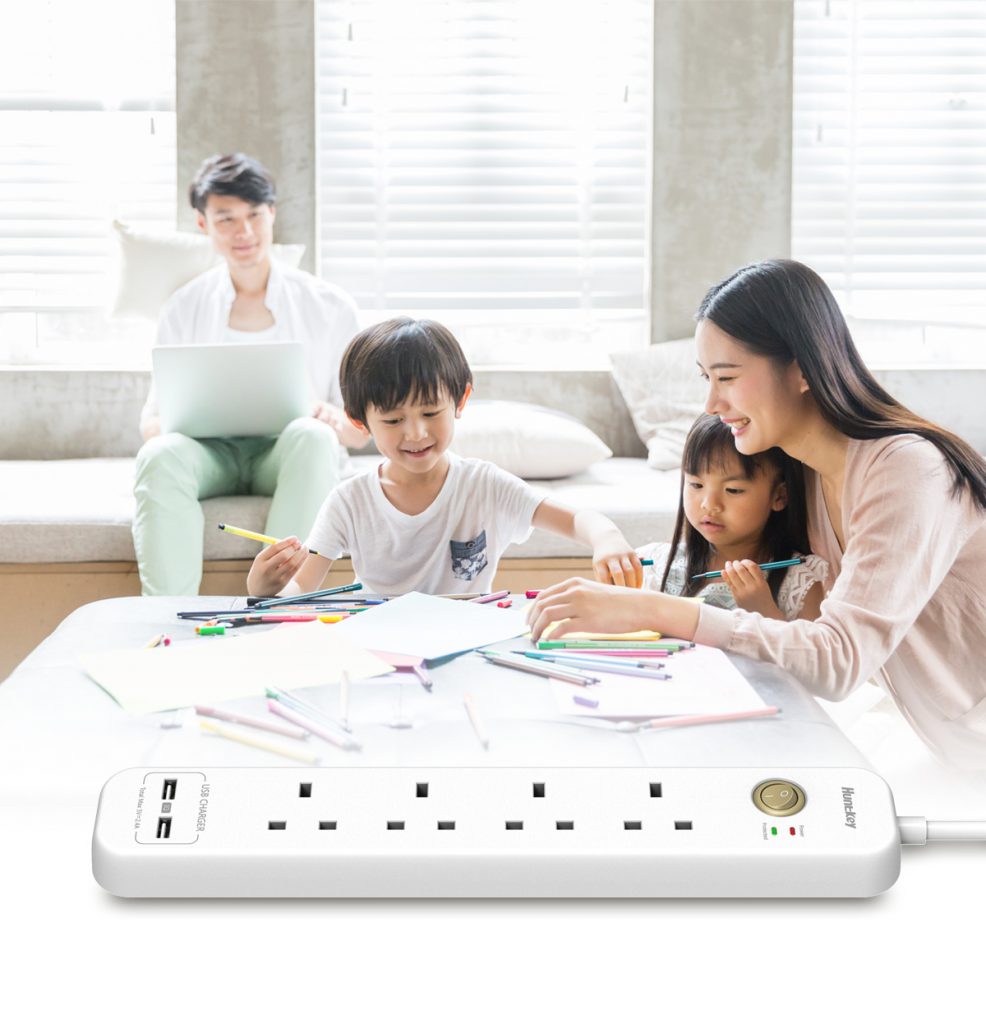Electricity is a basic component of daily life, but how to choose the right home power strip to ensure electrical safety is a big concern. Therefore, Huntkey, a leading global provider of power solutions, provides some advice on how to choose a superior power strip for the home in terms of four different aspects.

Surface materials
Safety is the underlined concern when using plugs, therefore power plug materials are a primary consideration. PC material is a good choice as it is resistant to high temperature, to flames, and to wear. Also such material is resistant to impulse force and to humidity. These characteristics of PC material protect owners from possible electric shock, providing a safer electricity environment.

Number of sockets
Common power strips in the market usually have 3 to 8 sockets each. For ordinary family usage, a power strip with 6 sockets is more than enough. Moreover, buyers should pay attention to the distance between sockets, avoiding awkward situations such that they cannot plug in multiple devices at the same time.

Shell design
A good power strip needs a balanced and delicate shell without overly-complicated lines. A simple and concise appearance provides ample power without disrupting the space.

Interior
Besides a power strip’s outer appearance, inner material is also quite important. Common power strips use phosphor copper, which performs well in conductivity, as the contact conductor. The thickness of the phosphor copper conductor is directly related to the strength of voltage that power strips can carry.Therefore, superior power strips have thicker phosphor copper conductor instead of thin copper sheets.

